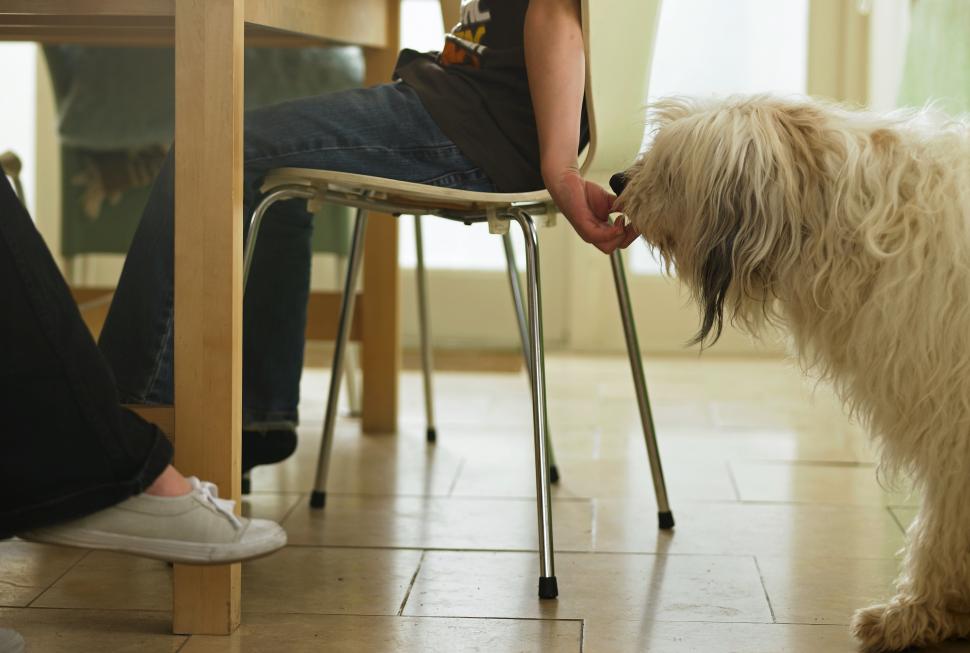
Pet Obesity is Our Responsibility
Is your dog or cat a chunky monkey? Can you see a tuck at his waistline or is he shaped like a hotdog, one long, straight line? Is there a light ripple over her ribs or a soft, squishy layer?
We love our pets to pieces, which is why it’s so easy to shower him with love and snuggles and noms.
But, here’s the thing: Overweight pets live shorter lives than those at a healthy weight.
We want them to live long, wonderful lives so we can spend as much time together as possible. And weight plays a critical role in your pet’s health, happiness, and longevity, so you need to know how to help your pet manage his weight.
It’s all up to you.
 Your dog or cat can’t check the nutrition label on her bag of treats. She can’t portion out her meals or even read the feeding guidelines, and she can’t read calorie counts.
Your dog or cat can’t check the nutrition label on her bag of treats. She can’t portion out her meals or even read the feeding guidelines, and she can’t read calorie counts.
So, it’s our responsibility to make the right decisions for them. Pet obesity is our responsibility. The choices we make at home can help them stay at a healthy weight, extend their life, avoid health crises and improve the quality of their life.
Here are three choices you can make today to help your pet achieve or maintain a healthy weight:
Daily Exercise
Your pet needs exercise every single day. Pick an age- and breed-appropriate activity that helps your pet take off those extra pounds or maintain his current body weight. For dogs, anything from a walk or run around the block, to a hike, to playing fetch in the yard can work. Choose activities that fit your dog; for instance, a geriatric Dane might enjoy a leisurely stroll along some low, flat terrain, while a two-year-old Lab might like to swim for a couple hours. For cats, it sometimes takes trial-and-error to find your particular cat’s irresistible activity. Although many cats are prone to laziness, once you find something they love to do, look out! Try tossing stuffed mice, teasing your cat with a pouncer, running a laser around your living room, or feeding her in a food puzzle.
Portion--and Calorie—Control
It’s on you to feed your pet the right amount of the right food. Pick nutrition that’s appropriate for your pet’s life stage, then portion the food according to the packaging. But there’s one more crucial element: Monitor your pet’s weight! Sometimes the feeding guidelines on a package aren’t right for your pet. Your furry one might get more or less exercise, have a faster metabolism, or get a ton of other treats throughout the day, say, for dog training. Don’t rely solely on the packaging. Start there, then monitor, and adjust as needed.
Snacking Limits
To best help your pet, you and your family need to be on the same page when it comes to treats and snacks. If you know your dog or cat can enjoy a small handful of treats each day, make sure everyone adheres to that strictly. Extra snacking can sabotage good exercise and calorie control. Or, find snacks that won’t add calories, like raw green beans or baby carrots.
You love your pet, so even when facing down those begging puppy-dog eyes or that swishy cat tail, stay strong: Getting your pet to a healthy weight and maintaining it is the most loving thing you can do!
